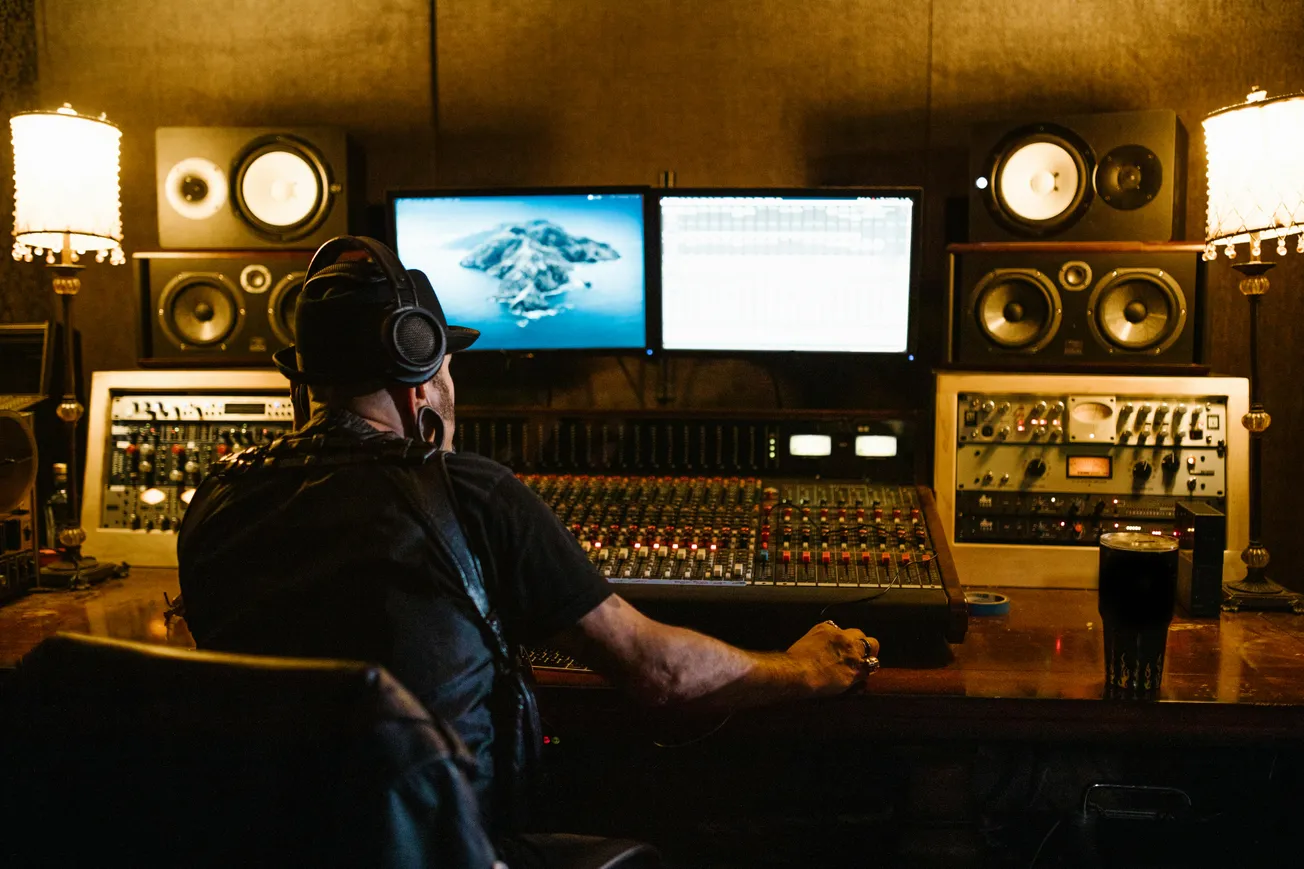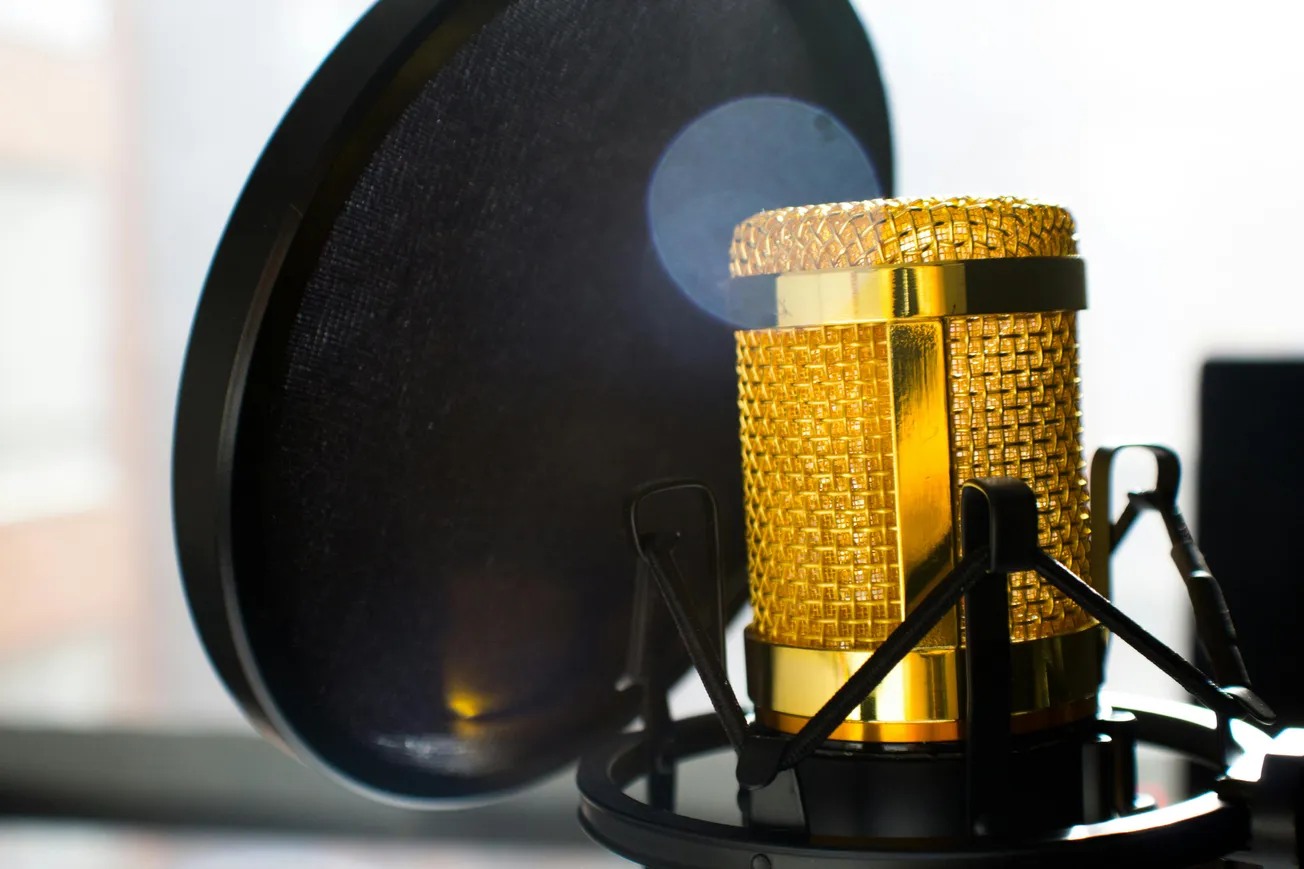In a home audio setup, a towering floor‑standing speaker can be a show‑stopper for sound—but if it wobbles or tips over, it becomes a liability. Ensuring your speakers stand solid not only protects your gear but also preserves audio clarity. Below are five key steps to keep any tower speaker stable and safe.
1. Use Spikes (Especially on Carpet)
If your speakers sit on carpet, shifting them onto spikes is one of the most effective fixes. The spikes penetrate through the carpet into the solid floor beneath, removing “rock” and giving the cabinet a stable footing.
On hard floors, spikes might dig in too much, so spike shoes or pads can help control movement without damage.
2. Make Sure the Speaker Is Level
Even a minor tilt can cause a tall speaker to rock, especially when sound waves or a pet jump hit the cabinet. One article recommends physically rocking the speaker in multiple directions—front to back, side to side, and diagonally—to check stability.
If you find movement, adjust the levelers underneath or use a small shim to correct.
3. Use a Larger Base or Outriggers
Widening the cabinet’s footprint improves front‑to‑back and side‑to‑side stability. Many speaker makers offer outriggers or plinths that bolt into the speaker’s base. Axiom notes this is especially recommended for households with pets or children.
If your speaker didn’t come with one, you can DIY a base (see next step).
4. Consider a Custom‑Made Base or Plinth
If your speaker doesn’t have a factory base, you or a woodworking friend can produce a custom platform.
Floor‑standing speakers usually have threaded mounting points; you can bolt a larger wood or stone plinth onto it and enlarge the footprint. This gives you stability and a sleek look.
Use rubber pads or isolation feet between the plinth and floor to avoid unwanted vibration.
5. Bolt the Speaker to the Floor (Extreme but Effective)
For maximum security—especially in a family room with kids or pets—some go as far as bolting the speaker to a concrete or stone base fixed to the floor. This may sound extreme, but it removes all risk of tipping.
You should insert a compliant material (like felt or isolation pads) between the speaker/plinth base and floor to prevent buzz or vibration.
Final Thoughts
Stability is not just about safety—it also affects sound quality. Any movement or wobble can introduce unwanted resonances or muddy the clarity of low‑frequencies.
Your first task: check that each speaker is solid with zero wiggle.
From there, widen the base, custom‑build if necessary, and in high‑risk areas (kids, pets, hardwood floors) consider bolting. A well‑anchored speaker is not just safer—it sounds better, too.










